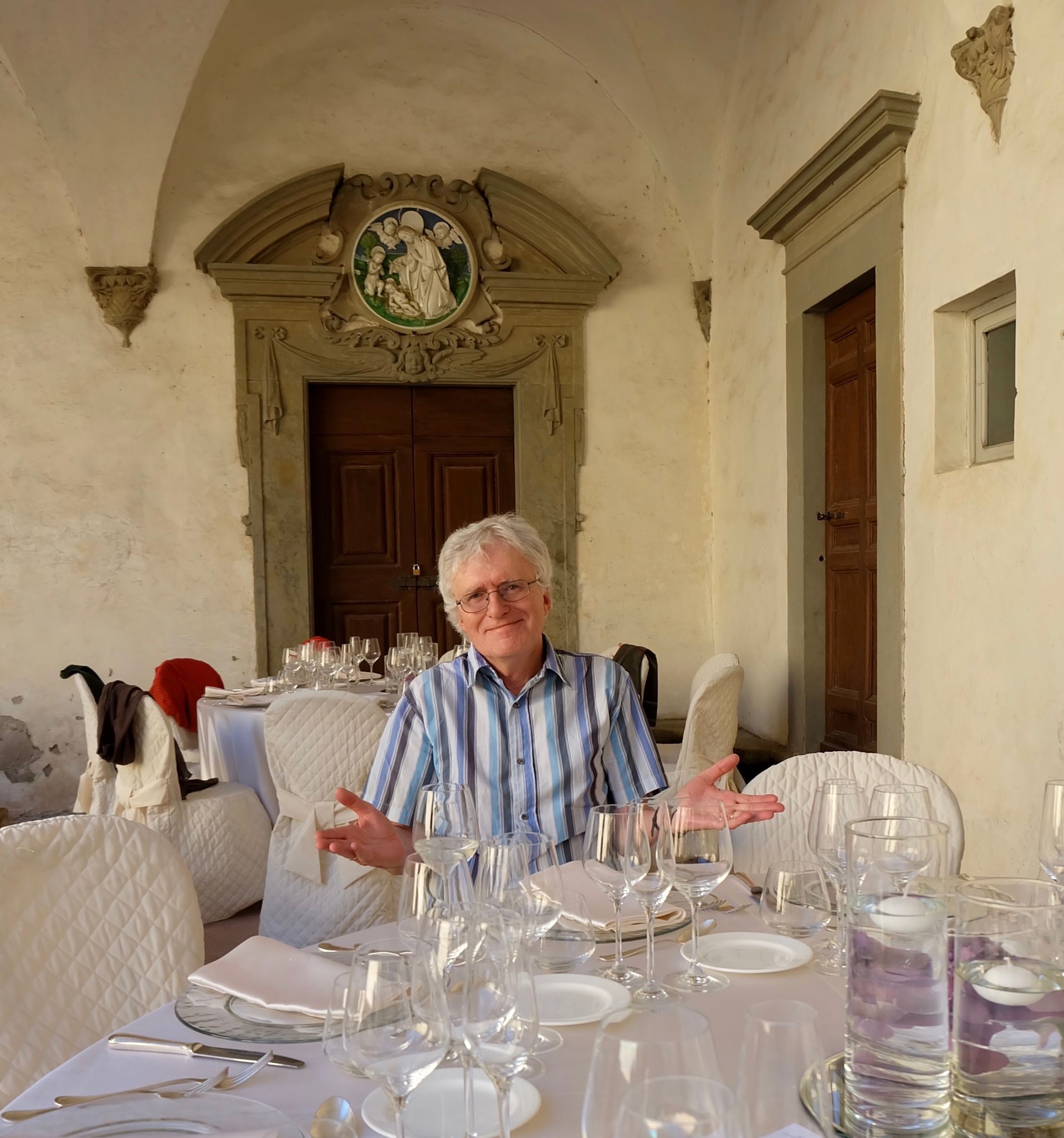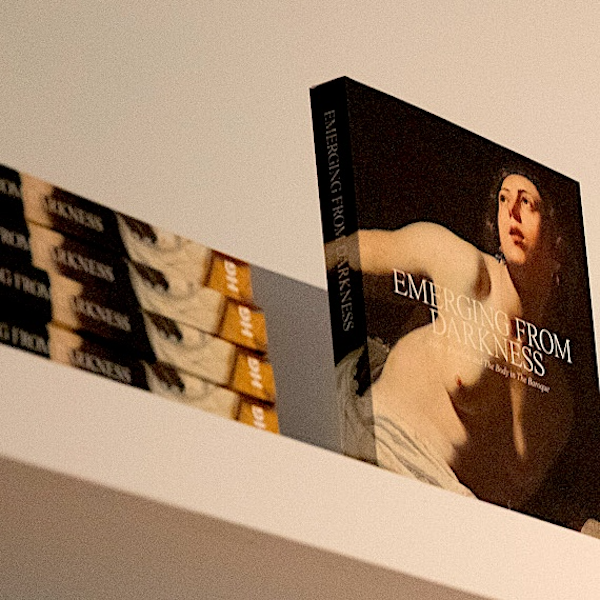What are footnotes for?
The following document on the uses of footnotes has recently arrived in the ACIS office. While its anonymous author – identifiable as Australian from internal evidence and the Barossa Shiraz stain on the envelope – certainly intended to address a wider audience than scholars of Italy, it may also be useful to postgraduates and other students of il Belpaese. In earlier posts Catherine Williams and Theodore Ell have reflected on aspects of doing research in Italy; this document offers some thoughts on the ways that the results are written up.
WHAT ARE FOOTNOTES FOR?
Perplexed postgraduates, stressed supervisors, exhausted editors and even Job himself on a particularly trying afternoon have looked for a clear answer to this ancient question. Several responses are on record:
VERY SHORT ANSWER : to avoid endnotes (and the irritation of having to turn to the end of the chapter, book or thesis every time you want to check a reference).
SHORT ANSWER ( basic usage ) : to record the origin of, and authority for, a statement in the text itself and thus to show that the writer has done the required homework in the archives and libraries.
- To enlarge on a statement : ‘This point relies on the distinction between “distrust” and “mistrust” which I have defended elsewhere (Marsupial 1990)’.
- To point towards supporting sources that might interest the reader : ‘For a full account of the potentially dangerous role of the garden party in Anglo-Celt culture, see Bucksfizz, Breathtest and Watchhouse (1978), vol.1.’
- To qualify a judgement : ‘In some circumstances, however, the hosting of Tupperware parties can have a disastrous impact on marital harmony. I discuss such cases in Ch.7 below.’
- To broaden a context : ‘Liposuction was named for Count Heinrich Lipo, a passionate enthusiast of pre-Nazi eugenics. This link opens up some intriguing connections between my present topic – the ‘Body Beautiful’ movement in suburban Wyoming – and one of the most controversial demographic programmes of modern times.’
- To show awareness of other approaches : ‘The Careless-Banana-Skin-Disposal Syndrome has been analysed from a different perspective by Coral Trout (1958). Her interpretation, based on personal experience, is consistent with my own.’
- To praise friends, offer homage to mentors and do down enemies : ‘As my colleague John Burble (1996) has convincingly argued …… As the inspiring Professor Lisbeth Scriblerus (1946) magisterially demonstrated … As the greatly overestimated Di Caprio (1973) implausibly claimed …’
- To store a detail too good to throw away : ‘The birth certificate of Willard F. Wisebite, author of the definitive study of paragraphing in the mid-20 th century Nevada novel, reveals that his middle name was Footnote. His parents – English teachers in a turn-of-the-century progressive school – wished their son to carry an enduring mark of their shared passion for accurate scholarship: the name Footnote appears to have been an amicable compromise between Epigraph (mother Doris’s choice) and Appendix (father Doug’s preference). Wisebite evidently approved: family correspondence held in the Kennett Archives at the University of South Yarra shows that his own daughter Hilly, the prizewinning author of Belfry Bats and Arras Rats , was in fact christened Hyphen.’
- To strut the professional stuff : remember that footnotes are not dark, half-hidden places where you can get away with comments that you wouldn’t dare to make in the clear light of main-text day. They are part of the communication system between author, fellow-authors and readers. So the Pompidou Centre is a better model than the Paris sewer system for the relation between text and footnote.
- To conduct a running commentary on the text itself : to be used only by advanced students with proven derridability.
Mini-bibliography
J. Barzun and H. Graff, The Modern Researcher (many editions 1957-2003)
J. Bensman, ‘The Aesthetics and Politics of Footnoting’, Politics, Culture and Society 1 (1988), 443-470.
B. Cronin, The Citation Process (London, 1984).
A. Grafton, The Footnote: a curious history (Cambridge MA, 1997)








